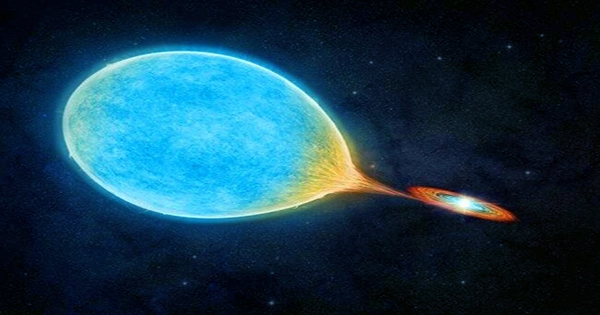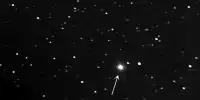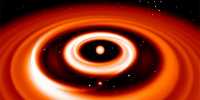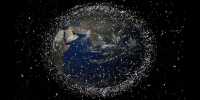The origins of what might become three different planetary systems, one surrounding each star and another around both, have been discovered by studying the disk around a pair of stars. Binary systems make up the vast bulk of stars in the galaxy. As a result, the prospects for planets and life on them have piqued people’s interest.
Planets can orbit one star in a widely dispersed system, or both when the pair is near together, as we know. Few, however, had contemplated the potential of both in a single system, but conditions revealed in a research to be published in The Astrophysical Journal (preprint on arXiv.org) in a few million years might lead to just that. A team lead by Dr Ana Karla Daz-Rodrguez of the University of Manchester analyzed SVS 13, a pair of extremely young stars 980 light-years distant, using the Very Large Array and the Atacama Large Millimeter/Submillimeter Array (ALMA).
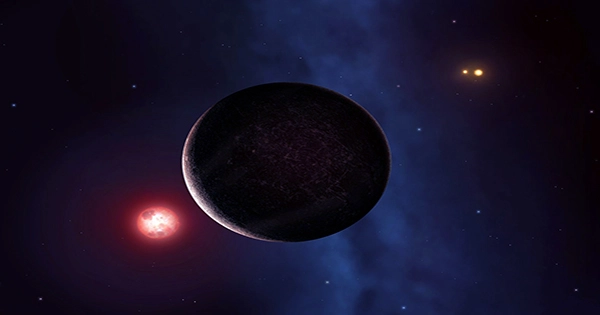
These two stars are encircled by a disk of material that is steadily condensing and will ultimately transform into planets, much like other stars of comparable age (single or paired), but closer inspection shows something more. “Our findings show that each star has a gas and dust ring surrounding it, and that a bigger disk is growing around both them,” Daz-Rodrguez said in a release. “This outer disk reveals a spiral structure that feeds materials into the individual disks, and planetary systems may emerge in the future in all of them.”
The spiral arms of the outer disk stretch hundreds of times further than the distance between the Earth and the Sun. It has a mass of more than 50 times that of Jupiter. The radii of the two disks around each star are smaller and less massive than those observed around single stars — the dust spreads out to Saturn and Uranus’ orbits, respectively. SVS 13’s component stars are more than twice as far apart as the Sun and Neptune are from each other. Their combined masses are less than that of the Sun, thus they will never be as bright as the Sun, despite their red giant phase. Any planet orbiting both of them will be virtually as cold as an intergalactic object.
Each star, on the other hand, may someday have its own habitable zone. The other star will seem to anyone residing in that zone as a bright planet rather than a second Sun. Life in the SVS 13 system might one day be a very real possibility. The discovery was made feasible by monitoring over 30 distinct chemicals in the disks, including 13 probable life precursors.
Associated author Dr Guillem Anglada of the Instituto de Astrofsica de Andaluca (IAA-CSIC) stated that SVS 13 had previously astonished astronomers. Only one of the stars can be viewed using optical telescopes, but both can be seen with radio telescopes. “It was odd to see a pair of twin stars where one looked to evolve significantly quicker than the other,” Anglada added. “We devised a series of tests to elucidate the situation and determine if either of the stars could create planets in this scenario.”
We’ve now shown that both stars are really young and capable of forming planets. The process of disk creation around binary stars has been hotly discussed in the past, and we still don’t know if SVS 13 is common or unusual. The pair is about five times further apart than Alpha Centauri A and B, but it might still be a viable model for any planetary system found there.
